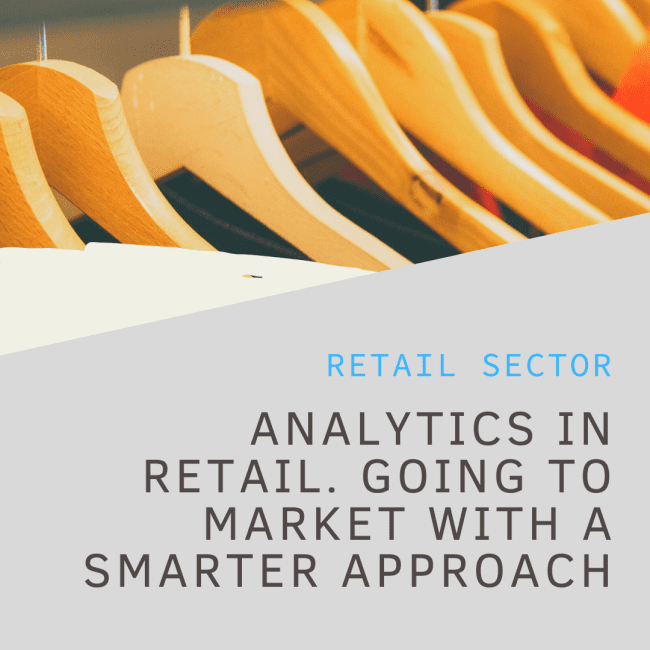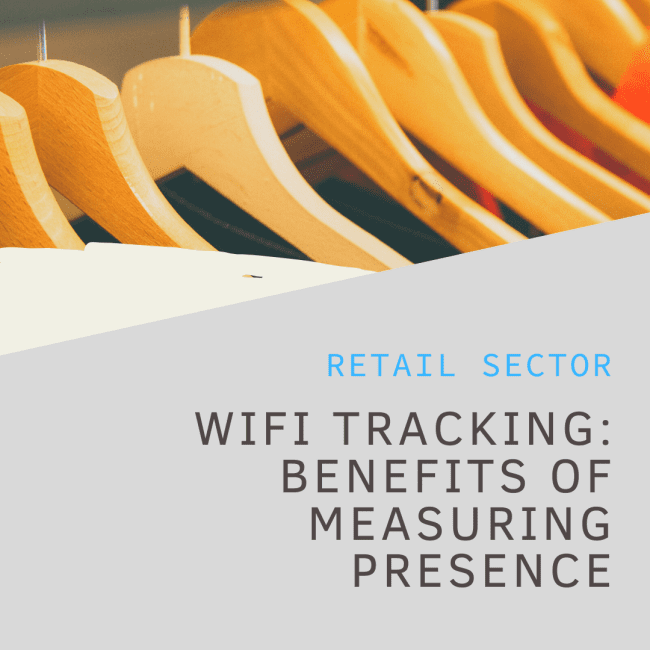In the dynamic world of brick-and-mortar establishments, the art of gathering insights through meticulous data collection methods is paramount. It serves as a cornerstone for comprehending intricate nuances of customer behavior, streamlining operational processes, and ultimately elevating the overall customer experience.
From bustling retail stores and sprawling shopping malls to cozy restaurants and luxurious hotels, the strategic utilization of data in physical spaces holds the potential to unearth invaluable insights. These insights, in turn, empower businesses to make informed decisions, tailor their offerings to meet customer demands, and drive sustainable growth.
By harnessing the wealth of data available within their premises, establishments can unlock a treasure trove of actionable intelligence, propelling them towards greater success and prominence in their respective industries.
Data collection methods in Physical Environments
Let’s embark on a journey to uncover the data collection methods within physical environments, exploring their diverse applications and understanding their potential for effective utilization. By delving into these techniques, we can illuminate the intricate processes involved in gathering valuable insights from brick-and-mortar settings.
From traditional methodologies to cutting-edge technologies, each method offers unique opportunities for businesses to glean actionable intelligence and drive meaningful outcomes. Through this exploration, we aim to illuminate the path towards harnessing these methods effectively, enabling businesses to unlock the full potential of data within their physical spaces.
1. Video Surveillance and Heat Mapping
Video surveillance technology offers more than just security; it can also be a powerful tool for gathering insights in physical spaces. By analyzing footage and employing heat mapping techniques, businesses can track customer movements, identify popular areas, and optimize store layouts or restaurant seating arrangements. Heat mapping visually represents foot traffic patterns, highlighting hotspots and areas that may need attention for better utilization of space.
2. Wi-Fi Tracking and Beacon Technology
Wi-Fi tracking and beacon technology enable businesses to collect data on customer movements and behavior within a physical space. By detecting Wi-Fi-enabled devices or beacon signals, establishments can track dwell times, popular routes, and customer interactions with specific points of interest. This data can inform marketing strategies, personalized offers, and operational improvements, enhancing the overall customer experience.
3. Sensor-Based Technologies
Sensor-based technologies, such as RFID (Radio-Frequency Identification) and NFC (Near Field Communication), offer valuable insights into customer interactions with products or amenities in physical environments. RFID tags on merchandise can provide real-time inventory tracking and help optimize stock levels, while NFC-enabled devices facilitate contactless payments and personalized interactions. Leveraging these technologies enables businesses to gather granular data on customer preferences and purchasing behaviors.
4. Customer Feedback and Surveys
Traditional methods of data collection, such as customer feedback forms and surveys, remain relevant in physical spaces. Whether distributed in-store, via email, or through mobile apps, these tools allow businesses to gather qualitative insights directly from customers. Feedback on service quality, product preferences, and overall experiences can inform strategic decisions and drive continuous improvement efforts.
5. Loyalty Programs and Transaction Data
Loyalty programs and transaction data offer a wealth of insights into customer behavior and purchasing patterns. By analyzing transaction histories and loyalty program participation, businesses can identify loyal customers, predict future buying behavior, and tailor marketing campaigns accordingly. This data also facilitates personalized recommendations and rewards, fostering customer loyalty and retention.
Harnessing Insights for Success in Physical Spaces
In the dynamic landscape of physical environments, data collection methods play a pivotal role in understanding customer behavior, optimizing operations, and driving business success. From video surveillance and Wi-Fi tracking to sensor-based technologies and customer feedback mechanisms, leveraging diverse data collection methods enables establishments to gather actionable insights that inform strategic decision-making and enhance the overall customer experience.
Embrace the art of gathering insights in physical spaces, and unlock the full potential of data to thrive in a competitive market landscape.







